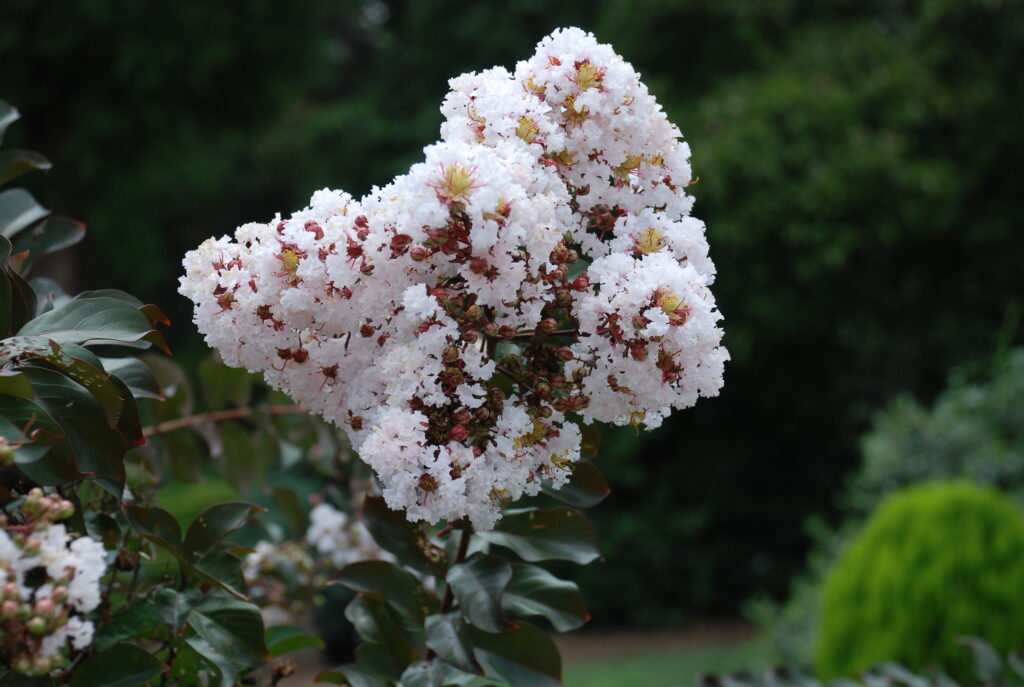 |
| Poppy Anemones at Duke Gardens in Durham, NC |
Windflowers (Anemone coronaria) are native to the Mediterranean region (USDA hardiness zones 7-10). Sometimes called “poppy anemones”, they are in the buttercup plant family (Ranunculaceae). These upright perennials grow from tuberous rhizomes. Their frilly foliage is medium green and is not edible to most critters, including deer.
Solitary, showy, poppy-like, single
flowers, each with 6-8 petals, measure 1.5 to 2.5 inches across. Flowers bloom
in mid- to late-spring on stems rising to 10-12 inches high. Flowers are blue,
red or white with black centers. Plants go dormant after flowering.
In southern locales, plant these tuberous rhizomes in early spring about 2-3 inches deep and 4-6 inches apart in an organic-rich, sandy, medium moist, well-drained soils in full sun to part shade. In a fall planted bed, spread a 3-inch mulch layer for winter protection which is removed in late winter. Alternatively, plant tubers in pots in fall for overwintering in frost free cool spot such as an unheated greenhouse, sunporch or cold frame; set out the pots in early spring. Spring-planted windflowers bloom in late May-June. In wintery climes (Zones 3-6), they must be dug up in early fall for winter storage.
Consider windflowers are short-lived and are best treated as annuals. Each spring dig them after flowering, plant summer flowering annuals, and purchase new rhizomes for next spring.
Also called “lilies of the field”, they are not commonly sold at garden centers. Numerous online bulb emporiums offer them for sale in their fall and winter catalogs. Popular cultivar groups include ‘De Caen’ (mix of single flowers) and ‘St. Brigid’ (mix of double--petalled flowers). Personal favorites include ‘Fokker’ (bright blue ray petals/black dome center) and ‘Sylphide’ (violet pink petals with black dome center). Poppy anemones make excellent cut flowers.



.JPG)


